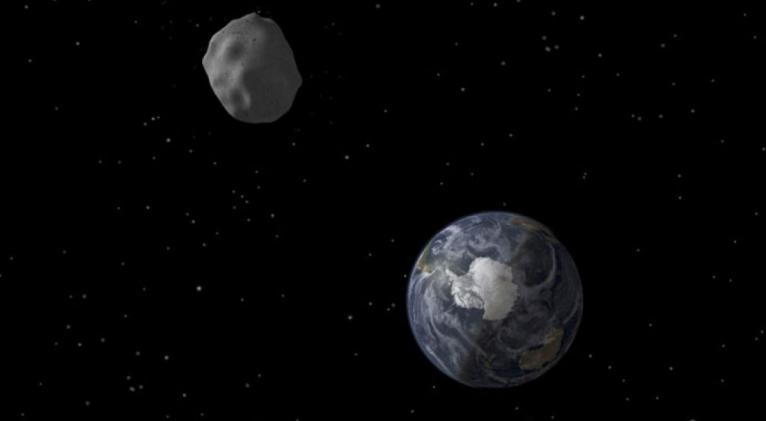Way too close: 18-meter asteroid zips between Earth & moon
especiales

The space traveler was discovered at the end of august by the Catalina Sky Survey near Tucson, Arizona, and independently detected the next night by the Pan-STARRS 1 telescope, located on the summit of Haleakalā on Maui, Hawaii, according to NASA.
At its closest, asteroid 2014 RC will be mere 34,000km from New Zealand, while geosynchronous communications and weather satellites remain in a 36,000km orbit. Although closer than those satellites, it is guaranteed to pass our planet safely on September 7 at 18:18GMT (2:18pm EDT).
“While 2014 RC will not impact Earth, its orbit will bring it back to our planet's neighborhood in the future,” NASA officials said.
“The asteroid's future motion will be closely monitored, but no future threatening Earth encounters have been identified,” NASA reassured.
Traditionally, astronomers calculate the proximity between space objects as distances between their centers of mass, which in the case of our planet is the center of Earth’s core.
On Sunday asteroid 2014 RC will reach its 40,000km minimum from the Earth’s core. With the average radius of the Earth estimated to be about 6,371km, this means the 18-meter space rock will be actually less than 34,000km from the planet’s surface.
Still, according to NASA, it will be impossible to see the space rock passing by with the naked eye because it will be too dim even in good weather conditions, though amateur astronomers will have a chance to image the asteroid 2014 RC, which will be moving really fast to be tracked because of its closeness to Earth.
There will be two webcasts of the 2014 RC asteroid passing near the planet. One is being prepared by the Slooh Community Observatory (begins on September 7, 02:00 GMT/September 6, 10pm EDT), which often organizes online live broadcast of various celestial events, another one to be broadcasted by the Virtual Telescope Project (starting on September 6, 22:00 GMT/6pm EDT).
So far NASA has discovered over 10,000 objects in our solar system that have orbits passing near Earth.













Add new comment